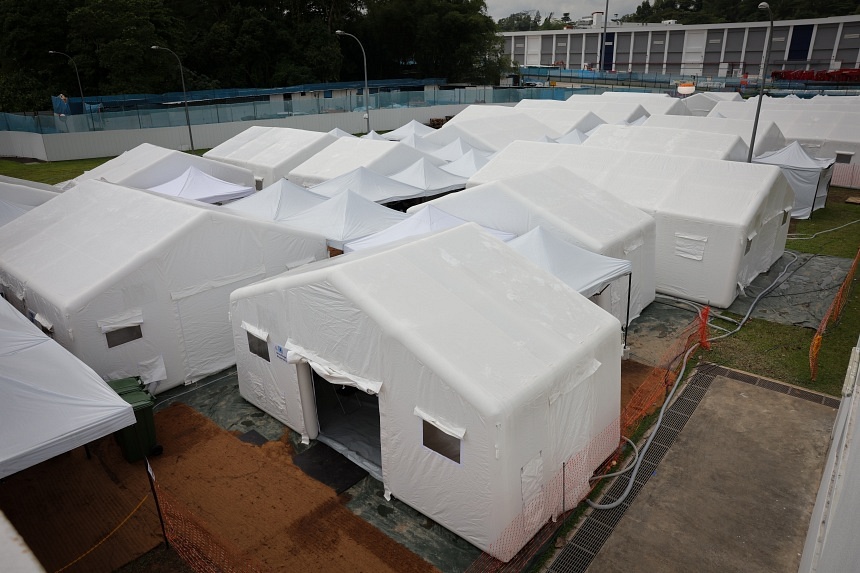SINGAPORE – The next time a major earthquake or cyclone hits the region, Singapore will be able to deploy a World Health Organisation (WHO)-certified emergency medical team (EMT) within 72 hours.
To qualify as a WHO EMT, the team has to be fully self-sufficient during its deployment.
This means that the EMT must generate its own electricity and clean water, manage all its medical and waste disposal, and arrange its own accommodation.
“Self-sufficiency is important for EMT because you have a small life-saving window immediately after a disaster. The first hours and days are critical,” said Mr Sean Casey, WHO’s programme area manager for emergency operations and regional EMT focal point.
“Being able to deploy quickly and to be self-sufficient if there are no local facilities operational, there are no hotels to stay in, there is no food in the market… and to provide high quality clinical care to the standards that any of us would accept for ourselves or for our families is one of the core principles of EMTs,” he added.
For a start, 66 healthcare personnel from the SingHealth cluster have been trained under the Singapore Emergency Medical Team (SGEMT) initiative. They include emergency department specialists, paediatric specialists, midwives and psychologists.
Singapore’s three healthcare clusters will each take turns to be on standby for deployment, and rotate every six months.
When deployed, a team of 33 medical, technical and administrative personnel will head to the crisis site to set up a facility akin to a field hospital. The facility will provide emergency services, primary care, and maternal and child health outpatient care to more than 100 patients a day for up to two weeks.
This means that healthcare professionals will also have to pick up skills such as logistics and handling water, sanitation and hygiene technologies. To achieve this, SGEMT worked with ST Engineering.

